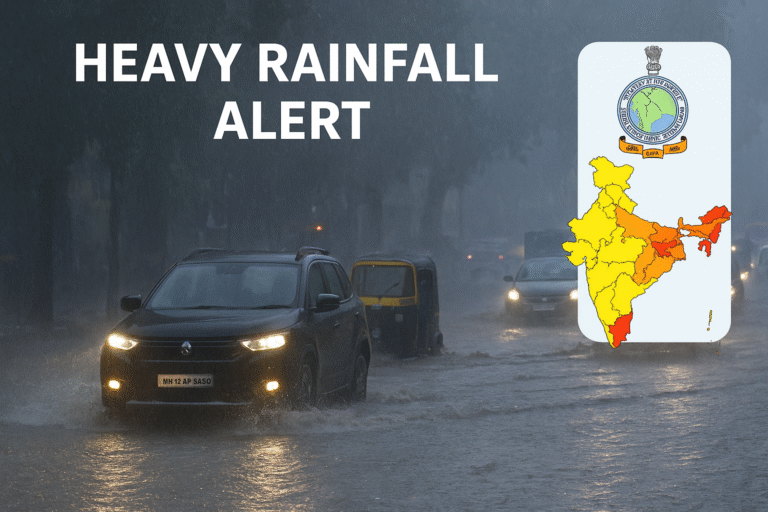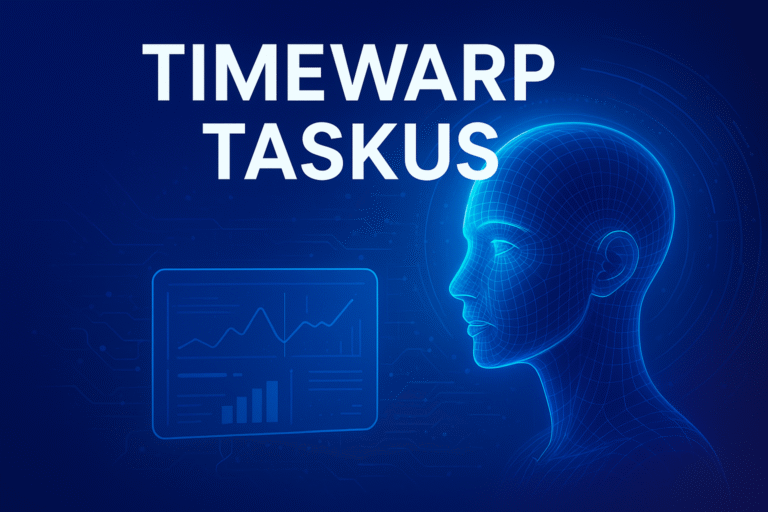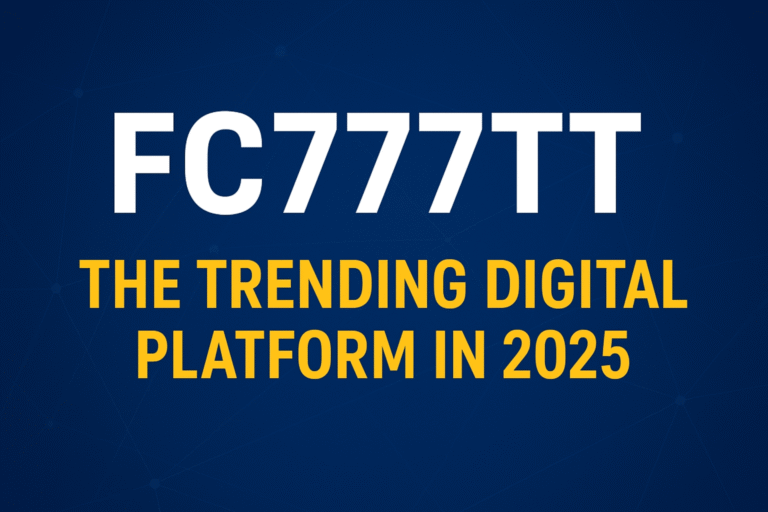In a bold decision that’s making global headlines, a country has officially banned YouTube account creation for children under the age of 16. This decision is not just about one platform – it’s part of a larger crackdown on social media access for minors.
Already, several popular apps like Instagram, Facebook, TikTok, X (formerly Twitter), and Snapchat were restricted for minors in that region. Now, YouTube has also been added to the list.
Let’s explore why this happened, what it means for online safety, and what other countries (like India) can learn from it.
Why Restrict YouTube for Kids?
Nowadays, it’s hard to find a child who doesn’t watch or use YouTube. From cartoons and gaming videos to vlogs and challenges, YouTube has become a daily part of kids’ routines.
But here’s the problem:
According to a detailed report from the eSafety Commission in that country,
3 out of 4 children aged 10-15 years are using YouTube regularly.
What’s more worrying?
37% of those kids have come across harmful or inappropriate content on the platform.
That includes violence, bullying, fake news, and even adult themes not suitable for young minds.
Even though YouTube has guidelines and parental controls, children are still getting exposed to unsafe content.
What Are the New Rules?
The government of that country has now made it illegal for children under 16 to create new YouTube accounts. Here’s how it works:
- Kids can still watch YouTube videos,
- But they can’t create their own channel,
- They are not allowed to upload videos,
- They also can’t comment or interact on the platform.
In simple words: watching is allowed, but creating and engaging is restricted.
Any platform that fails to follow these child-safety rules could face a fine of up to $32 million.
Even YouTube has agreed to follow the rules and work with the government to protect minors online.
Why This Step Now?
The reason behind this decision is child mental health and online safety.
Leaders from that country say:
“The digital world should not harm the young minds who use it daily. Safety comes before convenience.”
Social media platforms may offer entertainment and learning, but they also come with risks like addiction, anxiety, body image issues, and cyberbullying — especially when used without supervision.
In this country, the eSafety Commission studies children’s online behavior and raises alarms when platforms fail to protect them. After deep research, the YouTube ban was recommended and implemented.
Parents’ Reaction
Parents welcomed this move. They say it gives them a strong legal reason to limit screen time and stop their kids from creating accounts secretly.
Earlier, even if a parent blocked apps, children found ways to open fake accounts. Now, with a platform-wide restriction, it becomes easier to manage.
Many parents also say their children have been affected by:
- Unwanted ads
- Strangers in comments
- Pressure to go viral
- Loss of interest in outdoor activities
So, this decision is being seen as a positive step for both families and schools.
Is This the First Time Social Media is Being Regulated?
No. In fact, this same country previously banned underage use of:
- TikTok
- Snapchat
- X (formerly Twitter)
So, the YouTube move is part of a broader child online safety policy.
Do you think India needs such rules too?
In India, platforms like YouTube Kids exist, but kids can easily switch to the main app and continue watching unfiltered content.
Will This Actually Stop Kids From Using YouTube?
Not completely.
Children can still watch videos on shared family devices or school computers. But they cannot upload videos, create channels, or engage with comments. That’s where most online risk lies — when children try to gain popularity, reply to strangers, or upload personal videos.
By stopping those features, the government wants to cut down harmful exposure and reduce online addiction.
Can India Learn Something?
Yes. Indian parents are also struggling to manage screen time and protect children from unwanted content.
Though there are tools like:
- YouTube Restricted Mode
- Parental control apps
- Daily screen time limits
Most of them depend on the parents’ tech knowledge. Not everyone knows how to use them.
So, like this country, India may also need government-supported protection systems in the future.
Final Thoughts
This move may feel strict, but it’s also necessary. The online world is not always safe, especially for young minds. When kids are free to explore everything, they also face content that can disturb or mislead them.
By banning account creation and engagement for kids under 16, this government has made a strong statement – Safety First, Entertainment Later.
It’s time for other countries, including India, to rethink child safety in the digital era.






